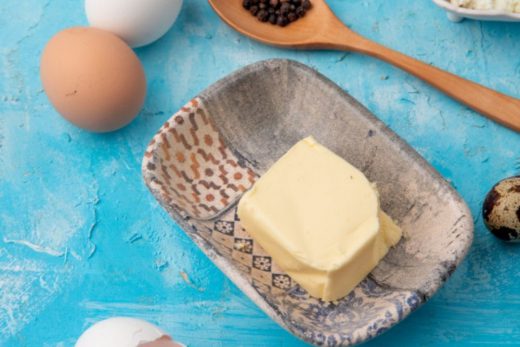The Garifuna origin story is a complex one that involves attempts to enslave, imprison, exile, and displace the Afro-Indigenous community. Though the exact year has been debated, historians believe West Africans escaped slave ships that wrecked off the coast of St. Vincent and the Grenadines in the 1600s. While residing in St. Vincent, these West Africans and their descendants mixed with the Caribbean island’s Arawak and Carib populations, forming the community now known as Black Carib, or Garifuna in the Arawakan language. After a treaty passed control of St. Vincent from France to Britain in 1763, the already active Black Carib resistance to colonial powers intensified. Fighting continued for years. Ultimately, 5,000 Garinagu were exiled to Roatán, the largest of the Honduras’ Bay Islands, on April 12, 1797. The roughly 2,000 that survived the journey eventually migrated to mainland Honduras, Belize, Guatemala, and Nicaragua.
Forced migration influenced Garifuna culture in many ways. In hudutu, you see the influence from West African fufu, a ball of mashed cassava and green plantain. Though Africans knew cassava (or yuca), they learned how to grate and dry it from Indigenous communities in the Caribbean. The Garinagu eventually adapted that process to make a crisp, cracker-thin bread called ereba or casabe. (Similar recipes can be found in the Dominican Republic, Haiti, and Jamaica, among other locales.)





